We’ve all heard the advice: “A tired dog is a good dog.” But here’s what most people miss—the way your dog gets tired depends entirely on what they were bred to do.
When we talk about “walking” our dogs, we often think it’s all about the physical exercise—the distance covered, the steps taken. But for many dogs, that’s missing the point entirely. Understanding your dog’s breed group helps you meet their needs in ways that actually matter to them.
Let’s break down what “going for a walk” truly means for each of the 10 breed groups.
1. Scent Hounds: It’s All About the Nose
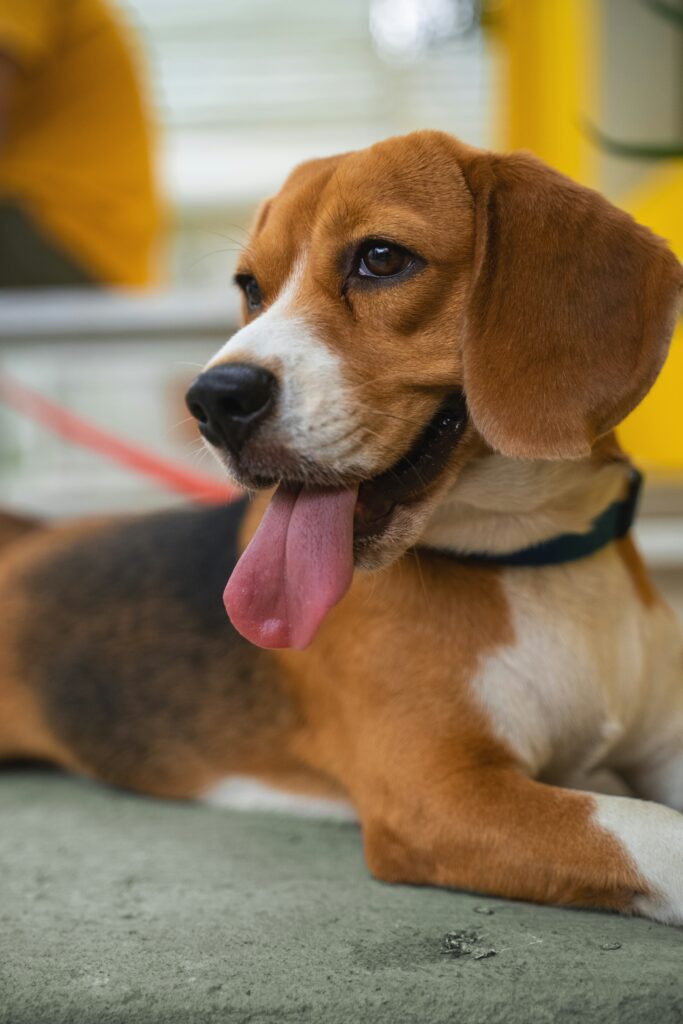
For your Beagle, Bloodhound, or Coonhound, walking isn’t really about walking at all—it’s about smelling. These dogs were bred to follow scent trails for miles, often with their noses glued to the ground.
What they actually need: Long, leisurely sniff walks where they can fully investigate scents. Think 20 minutes of dedicated sniffing over an hour of brisk walking. Let them work those incredible noses—it’s mentally exhausting in the best way.
The payoff: A scent hound who’s been allowed to properly use their nose will come home cognitively spent and satisfied.
2. Sight Hounds: The Need for Speed
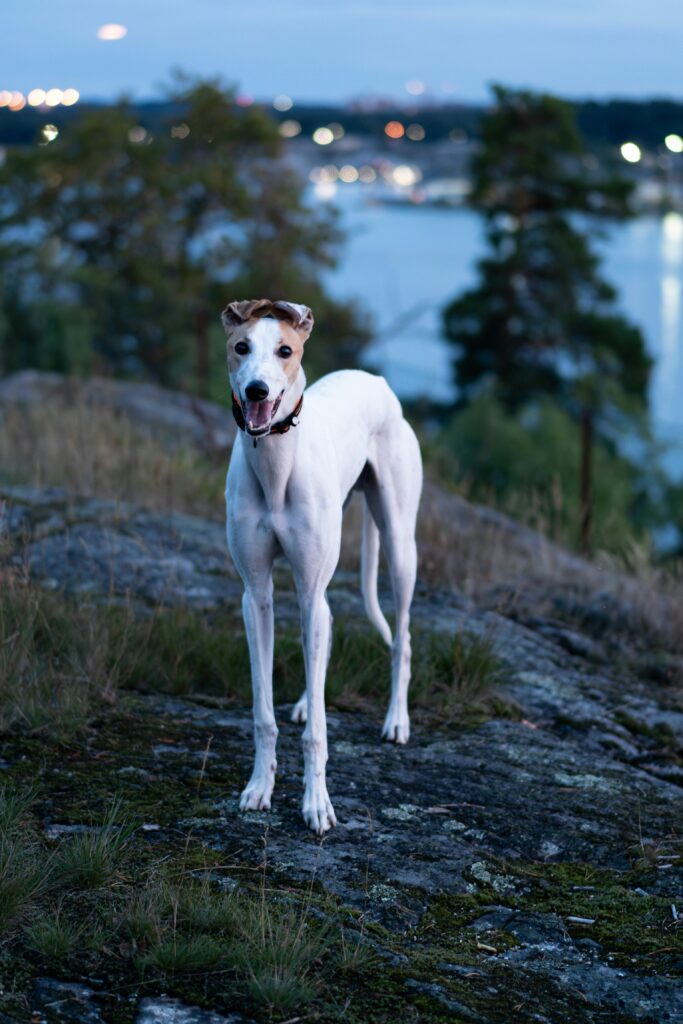
Greyhounds, Whippets, and Salukis were built to spot movement from a distance and chase it down in explosive bursts of speed. A slow neighborhood stroll? That’s like asking a sprinter to only ever walk laps.
What they actually need: Safe opportunities to run—really run. This might mean a securely fenced area, a long line in an open space, or lure coursing activities. Yes, they also need gentle leash walks, but those don’t scratch the itch to stretch their legs at full speed.
The payoff: Even just 10-15 minutes of hard running can satisfy their genetic need in ways hours of slow walking cannot.
3. Livestock Guardians: Patrol and Surveillance
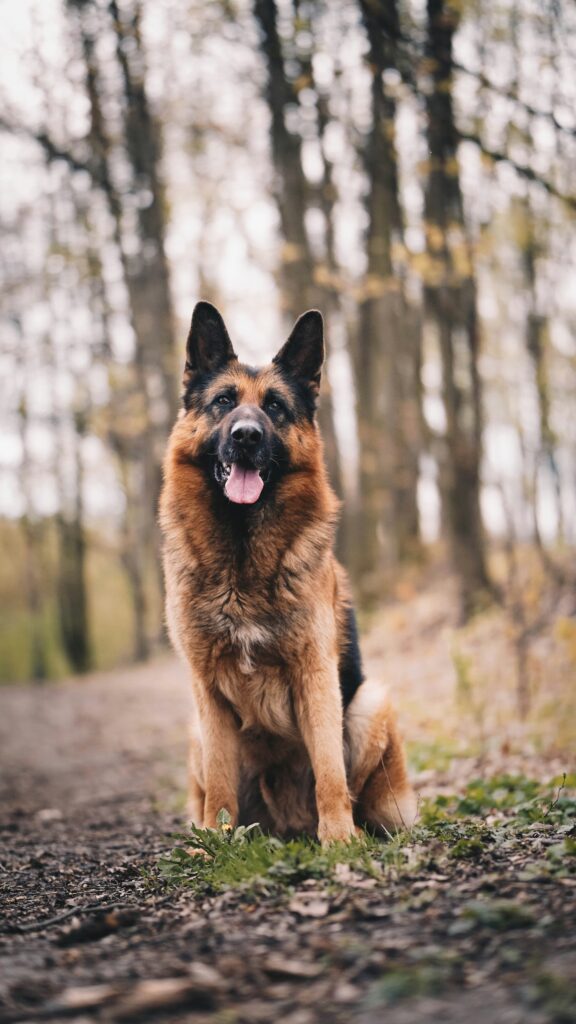
Your Great Pyrenees, Anatolian Shepherd, or Maremma wasn’t bred to hike with you—they were bred to patrol a perimeter and make independent decisions about potential threats.
What they actually need: Walks that allow them to move at their own pace, pause to survey their environment, and check things out. They need to feel like they’re monitoring their territory, not being rushed through it. These dogs often prefer to walk with you rather than be directed by you.
The payoff: Slower, more deliberate walks where they can stop, look, and assess. They’re working security detail, not training for a marathon.
4. Herding Dogs: Motion and Purpose
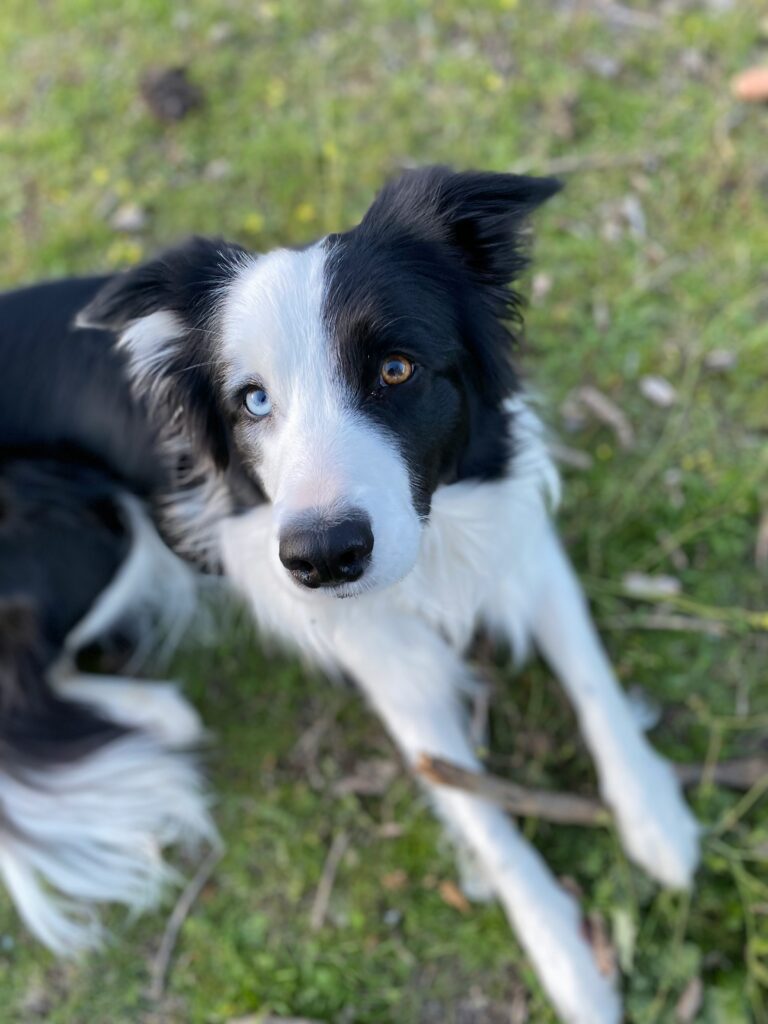
Border Collies, Australian Shepherds, and Belgian Malinois were bred to work all day moving livestock with precision and focus. A simple walk around the block? That’s not even a warm-up for these dogs.
What they actually need: Movement with a job attached. This might mean structured training during walks, practicing tricks, playing fetch with direction changes, or even walking with a purpose like carrying a backpack. They crave engaged movement—not just distance.
The payoff: Mental engagement plus physical activity. A herding dog who’s been asked to think while moving will be genuinely satisfied.
5. Northern/Spitz Breeds: The Long Haul
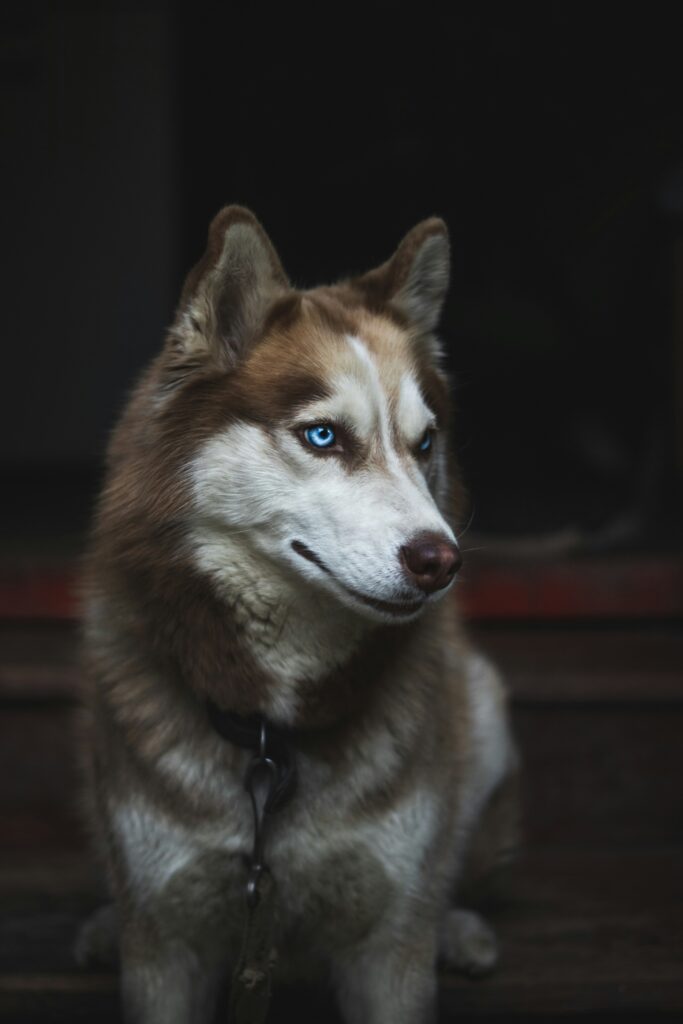
Huskies, Malamutes, and Samoyeds were bred to pull sleds over long distances in harsh conditions. They have endurance for days and often a strong desire to just keep going.
What they actually need: Longer adventures where they can move steadily—hiking, bikejoring, or pulling activities. These dogs often need more distance and duration than other breeds, and they typically love cooler weather for it.
The payoff: True aerobic exercise that taps into their cardiovascular stamina. A 20-minute walk barely touches their capacity.
6. Terriers: Hunt and Dig

Jack Russells, Cairn Terriers, and Airedales were bred to hunt vermin—to dig, chase, grab, and shake. They’re tenacious, determined, and always “on.”
What they actually need: Walks that incorporate opportunities to dig (in appropriate spots), investigate holes and crevices, and play tug or chase games. These dogs benefit from activities that let them “hunt” and use their grab-and-shake behaviors appropriately.
The payoff: A terrier who’s gotten to express these natural behaviors will be much more settled than one who’s just walked on pavement.
7. Gun Dogs/Sporting Dogs: Retrieve and Range

Labradors, Golden Retrievers, Spaniels, and Pointers were bred to work with hunters—finding, flushing, and retrieving game. They love having a job and using their mouths.
What they actually need: Walks that incorporate retrieval games, swimming (when possible), and ranging behaviors. Let them carry something on walks, practice retrieves, or search for hidden objects. They’re happiest when they’re working with you.
The payoff: Physical exercise combined with the satisfaction of doing what their bodies were designed to do—carry things, swim, and hunt cooperatively.
8. World Dogs: Generalist Survivors

Village dogs, mixed breeds, and dogs without specific breed functions fall into this category. These are the ultimate generalists—adaptable dogs who weren’t bred for a single purpose but rather to survive and thrive in diverse environments.
What they actually need: World Dogs are often the most flexible of all groups. They typically benefit from variety—different routes, different types of activities, opportunities to problem-solve. Many are naturally balanced between physical and mental stimulation needs, though individual variation is high.
The payoff: Adaptability is their strength. A walk that offers novelty, choice, and opportunities to engage naturally with their environment often satisfies them best. Think enrichment through exploration.
9. Bull & Terriers: Power and Intensity
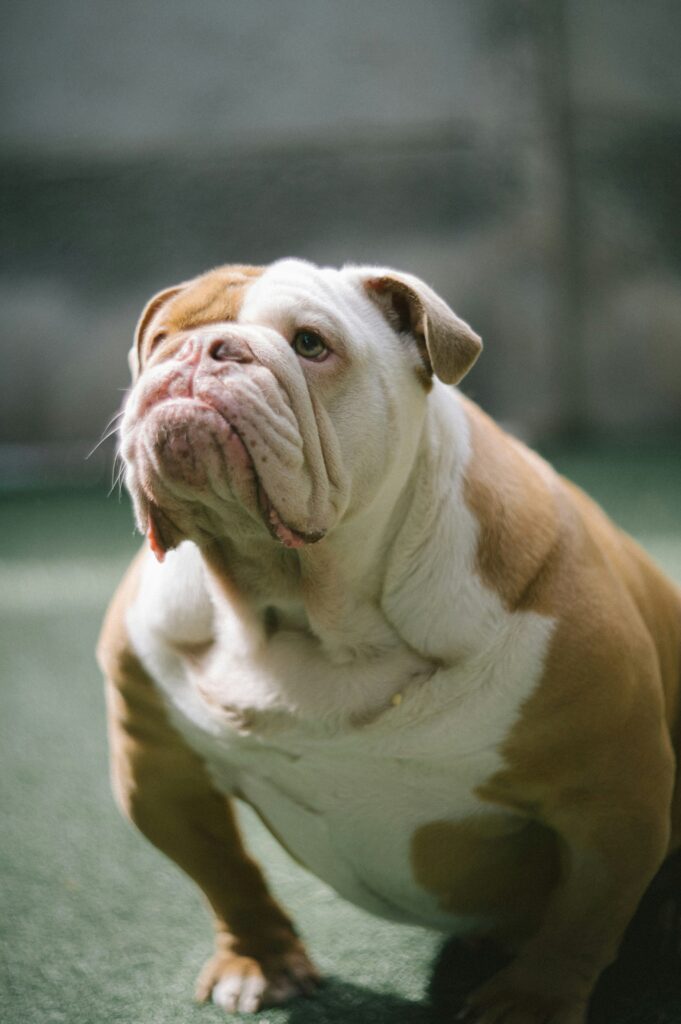
American Pit Bull Terriers, Staffordshire Bull Terriers, and American Bulldogs were bred for strength, determination, and intense focus. They bring enthusiasm and power to everything they do.
What they actually need: Structured walks with clear boundaries, plus outlets for their strength like pulling activities (drag weights, spring poles used appropriately) or power play. They benefit from activities that let them use their impressive physical strength purposefully.
The payoff: These dogs need both physical outlets and mental structure. They thrive when their power is channeled into appropriate activities.
10. Companions/Toy Dogs: Social Connection
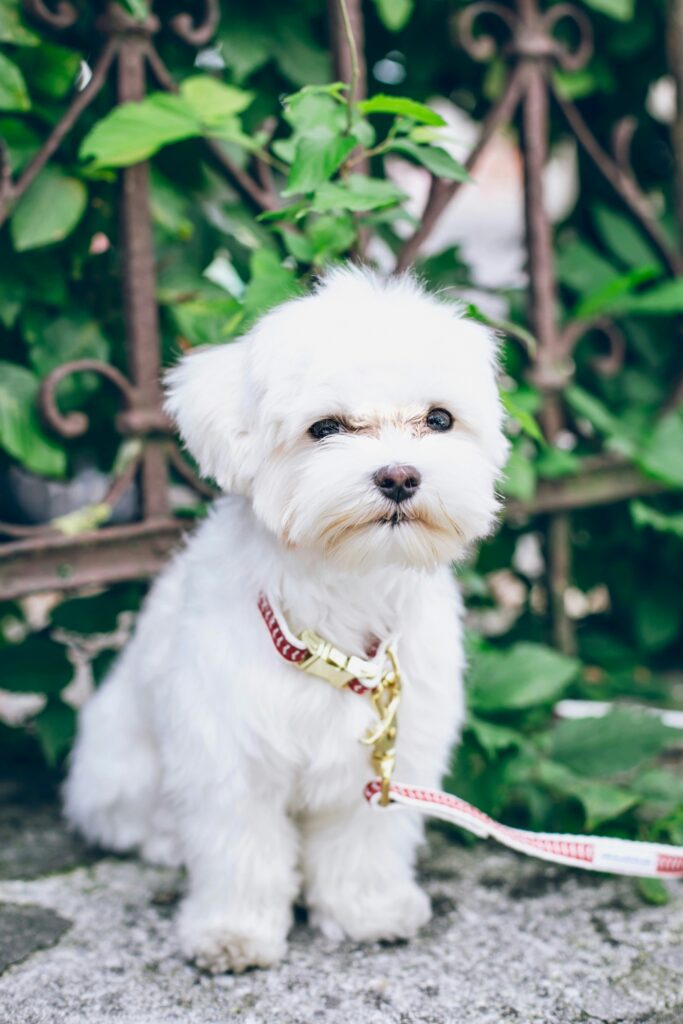
Cavaliers, Pugs, Maltese, and Havanese were bred primarily to be with people. While they still need exercise, their primary need is often social engagement and proximity to their humans.
What they actually need: Walks are as much about being with you as they are about exercise. These dogs often enjoy social walks where they can meet people, shorter adventures that match their size, and activities focused on connection.
The payoff: A walk where they feel connected to you meets their deepest genetic need—companionship.
The Bottom Line
When we say “walk your dog,” we’re often oversimplifying what our dogs actually need. Understanding your dog’s genetic blueprint helps you meet their real needs, not just tire them out.
- Is your dog physically exhausted but still anxious? Maybe they need different mental stimulation.
- Does your dog seem unfulfilled despite long walks? Perhaps you’re missing what they were actually bred to do.
- Is your dog pulling you down the street while ignoring everything you say? They might need a completely different kind of outing.
The most important walk isn’t the longest one or the fastest one—it’s the one that honors who your dog actually is. When you align your walks with your dog’s genetic needs, you’ll find both of you coming home more satisfied.
Understanding your dog through the lens of genetics is just one part of the L.E.G.S.® framework (Learning, Environment, Genetics, Self). When we honor all four components, we create truly harmonious relationships with our dogs.



Leave a Reply